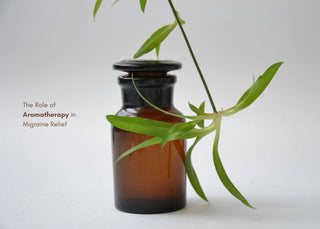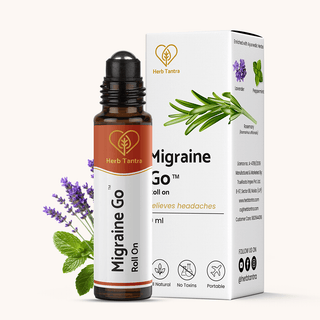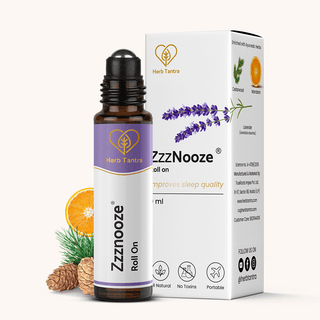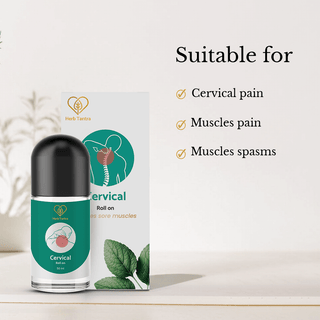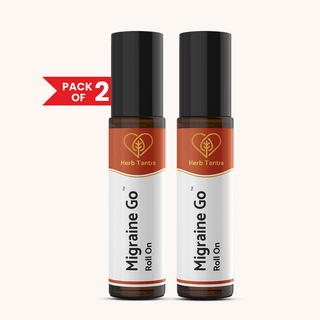Introduction
Migraines can interrupt everyday life with sudden, painful episodes that are hard to ignore. Many turn to natural treatments as a gentle way to lessen the burden of migraine attacks. Aromatherapy, which uses essential oils to promote well-being, has emerged as a popular alternative medicine approach for migraine relief. This article explains the role of aromatherapy in easing migraine symptoms and provides simple yet effective techniques for using essential oils—all aimed at helping you achieve natural migraine relief.
Understanding Aromatherapy and Its Role in Migraine Relief
Aromatherapy is a form of alternative medicine that uses plant-based essential oils to improve physical and emotional health. When it comes to migraine relief, aromatherapy offers a natural treatment that targets both the mind and body. Migraines often bring about symptoms such as throbbing head pain, nausea, sensitivity to light and sound, and even dizziness. These unpleasant effects can disrupt daily routines, making it tougher to concentrate and function at your best.
By inhaling specific aromas or applying diluted essential oils, you may help ease these symptoms and create calm. Aromatherapy works by stimulating the limbic system—the emotional center of the brain—which affects mood, stress levels, and pain perception. Many people now include aromatherapy in their daily routines as an added layer of natural treatments that support overall well-being and migraine relief.
The Science Behind Aromatherapy for Migraine Relief
So, how do essential oils interact with the body to help alleviate migraines? Research suggests that when you inhale essential oils, the scent molecules travel directly to the brain, stimulating regions that manage emotions and pain. Here are a few scientific insights:
-
Neurological Effects: Inhalation of essential oils stimulates the olfactory system, which is closely connected to the limbic system. This process can reduce the perception of pain, contributing to migraine relief.
-
Anti-inflammatory Action: Some essential oils possess anti-inflammatory properties. Reducing inflammation is essential because migraines have been linked to inflammatory processes in the brain.
-
Muscle Relaxation: Essential oils like peppermint can help relax tense muscles in the head and neck, easing the tightness that often exacerbates migraine pain.
-
Improved Circulation: By boosting blood flow, several essential oils help to ease the constricted blood vessels that are sometimes involved in migraines.
Top Essential Oils for Migraine Relief
Certain essential oils have become especially popular in aromatherapy for their remarkable benefits in migraine relief. Below are some of the top choices:
Peppermint Oil
Peppermint oil is renowned for its cooling effect and its ability to alleviate headache pain. Apply a diluted blend to the temples or forehead during the onset of a migraine for quick relief.
-
Benefits: It acts as a muscle relaxant and improves blood flow, which can significantly reduce migraine pain. Its menthol content provides a refreshing sensation that helps clear the mind.
Lavender Oil
Lavender oil is widely used to promote relaxation and reduce stress, a known trigger for migraines. Diffuse lavender oil in your living space or add a few drops to a personal inhaler to enjoy its calming effects.
-
Benefits: Its soothing scent calms the nervous system and helps lower cortisol levels, leading to reduced migraine intensity.
Eucalyptus Oil
Eucalyptus oil is another powerful essential oil that has a positive impact on migraine symptoms. Inhale eucalyptus oil via steam inhalation or diffuse it in a well-ventilated room.
-
Benefits: It is effective at clearing nasal passages and reducing sinus congestion—issues that can intensify migraine pain.
Other oils, such as chamomile and rosemary also play supportive roles in natural treatments; however, peppermint, lavender, and eucalyptus stand out for their well-documented benefits in migraine relief.
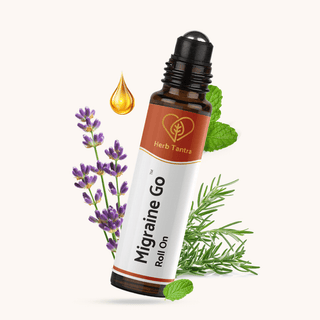
Explore Our Migraine Pain Relief Collection
Methods of Using Essential Oils for Effective Migraine Relief
When incorporating aromatherapy into your migraine management plan, there are several methods to use essential oils safely and effectively. Here are some common techniques:
Inhalation Techniques
-
Diffusers: Use an essential oil diffuser to disperse a fine mist of oil into the air. A diffuser is excellent for creating a calming atmosphere in the room, especially if you need continuous relief while working or relaxing.
-
Steam Inhalation: Boil water, pour it into a bowl, and add a few drops of your chosen essential oil. Cover your head with a towel and inhale the vapor gently. This method is especially useful during the early stages of a migraine.
-
Personal Inhalers: These compact devices allow you to carry your favourite essential oil blend with you so you can administer a quick dose of aromatherapy whenever necessary.
Topical Application
-
Safe Practices: When applying essential oils directly to the skin, always dilute them with a carrier oil (such as almond or coconut oil). This minimizes the risk of irritation.
-
Application Areas: Common areas for topical application include the temples, behind the ears, and along the back of the neck. Gently massaging these points helps stimulate circulation and ease muscle tension.
-
Dilution Guidelines: A typical dilution ratio is 2-3 drops of essential oil per tablespoon of carrier oil. Always perform a patch test to ensure your skin does not react adversely.
Incorporating Essential Oils into Baths
-
Adding essential oils to your bath routine can offer holistic migraine relief. The warm water helps open up pores, allowing the skin to absorb the beneficial compounds.
-
Mix a few drops of an essential oil blend with Epsom salts or a carrier oil before adding them to your bathwater. This method not only provides aromatherapy benefits but also promotes muscle relaxation and stress relief.
Conclusion
Aromatherapy using essential oils offers a soothing, natural treatment option for migraine relief. From the cooling effect of peppermint oil to the calming properties of lavender and the decongestant benefits of eucalyptus, these natural treatments interact with the body in ways that help lower inflammation, relax muscles, and improve blood circulation. Whether you choose to use inhalation techniques, topical applications, or integrate essential oils into a relaxing bath, incorporating aromatherapy into your life may provide much-needed relief from migraines.
FAQs
Q1. How can aromatherapy help with migraines?
Aromatherapy works by using essential oils to stimulate the olfactory system, which directly influences the brain’s emotional and pain centers. This process can reduce inflammation, relax tense muscles, and improve circulation—factors that contribute to migraine relief.
Q2. What are the best essential oils for headache relief?
Many find that peppermint, lavender, and eucalyptus oils are especially effective for migraine relief. Peppermint cools and relaxes, lavender reduces stress, and eucalyptus helps clear sinus congestion that may be linked to headaches.
Q3. Can lifestyle changes prevent migraines?
Yes, adopting healthy habits such as regular sleep patterns, proper hydration, and stress management can complement aromatherapy and other natural treatments, helping to reduce the frequency and severity of migraine attacks.
Q4. How can I prevent migraines naturally?
Natural prevention involves a comprehensive approach—including aromatherapy, dietary adjustments, regular exercise, and maintaining a consistent sleep schedule—to reduce the triggers that lead to migraines.
Q5. What are the most effective methods to use essential oils for migraine relief?
Effective methods include inhalation techniques (using diffusers or steam inhalation), topical application (diluted essential oils applied to key areas like the temples and neck), and incorporating oils into baths. Always follow safety guidelines for dilution and use.



